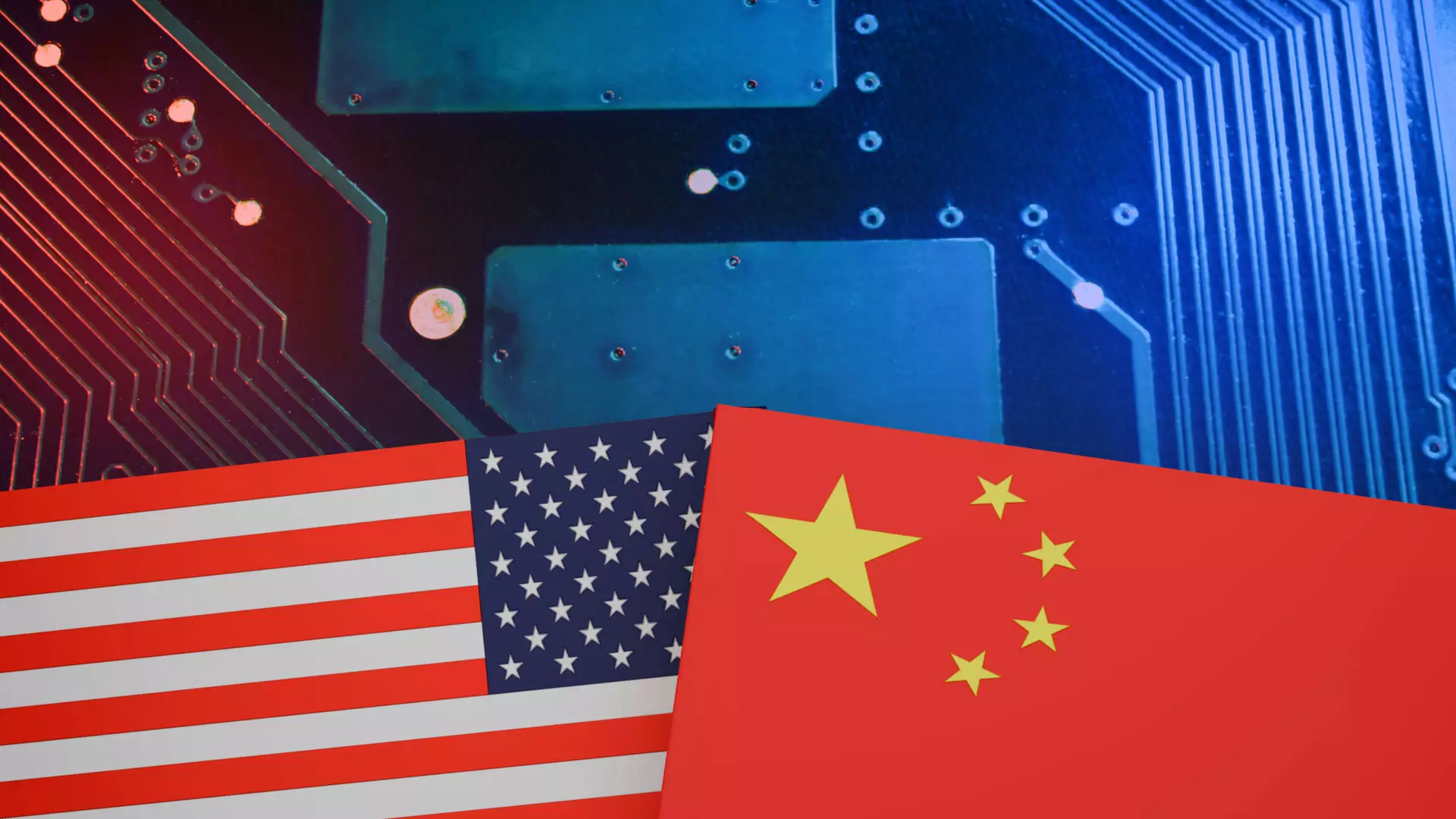Recently, China has implemented new guidelines that aim to phase out U.S. processors in government computers and servers. This move effectively blocks chips from major U.S. companies such as Intel and AMD. The guidelines, which were unveiled on December 26 and are now being enforced, also impact Microsoft’s Windows operating system and foreign-made database software.
The decision to phase out U.S. processors is part of China’s broader strategy to boost its domestic semiconductor industry. By reducing reliance on foreign technology, China aims to strengthen its position in the global tech market. Semiconductors play a crucial role in various devices, from smartphones to medical equipment, making them a key battleground in the ongoing technology war between the U.S. and China.
The U.S. has implemented export restrictions aimed at limiting China’s access to key semiconductor equipment and technologies. In recent years, Washington has introduced various rules and regulations to prevent the transfer of advanced semiconductor chips to China, citing concerns about potential military applications. These restrictions have targeted Chinese tech giants like Huawei and leading chipmaker SMIC, restricting their access to critical technology.
Despite facing U.S.-led sanctions and embargoes, China’s domestic chip equipment manufacturing firms have experienced significant revenue growth. According to a report by Shanghai-based CINNO Research, the top 10 equipment makers in China reported a 39% increase in revenue in the first half of 2023 compared to the previous year. This growth can be attributed to the shift towards domestic alternatives in response to U.S. restrictions.
China’s decision to phase out U.S. processors in government computers reflects its commitment to building a self-reliant semiconductor industry. By prioritizing domestic solutions and reducing dependence on foreign technology, China aims to strengthen its technological capabilities and compete globally. However, this move also highlights the escalating tensions in the semiconductor wars between the U.S. and China, with implications for the future of the global tech landscape.


Leave a Reply